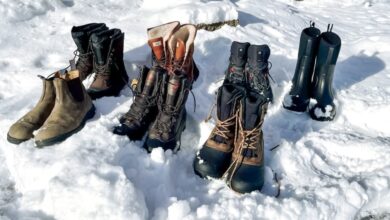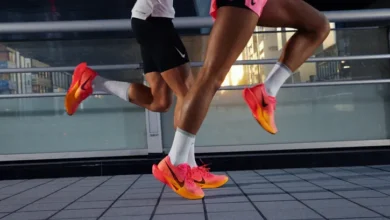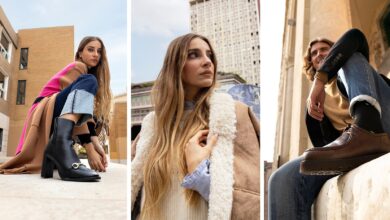Barefoot & More Men’s Shoes
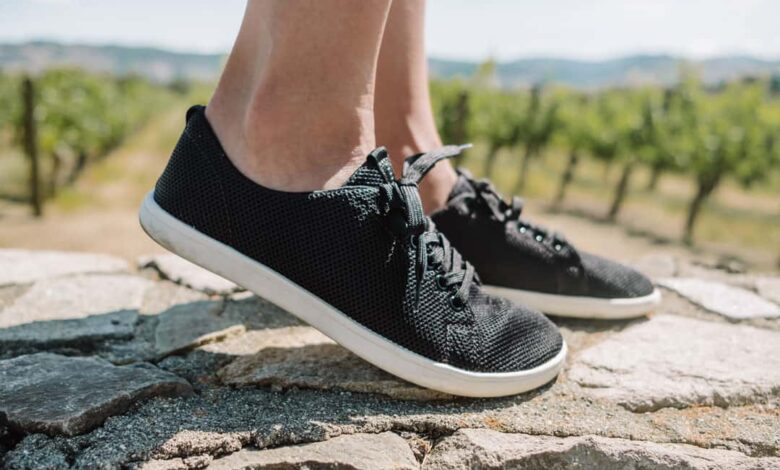
Characteristics of Barefoot-Style Shoes for Men
These features aim to create a minimalist and natural feel for the wearer’s feet, promoting a more barefoot-like sensation while still providing protection and support. Here are some common features of barefoot-style shoes:
- Minimalist design: Barefoot shoes typically have a minimalist construction, featuring a thin and flexible sole that allows for a better sense of the ground and natural movement.
- Thin and flexible soles: Barefoot shoes are designed with thin and flexible soles, allowing your feet to bend and move naturally. This promotes proper foot mechanics and encourages a natural gait.
- Roomy toe box: Barefoot shoes often have a spacious toe box that allows your toes to spread and move freely. This design promotes natural foot alignment and can enhance stability and balance.
- No or low heel height: Barefoot shoes usually have little to no heel height, meaning there is minimal height difference between the heel and the forefoot. This encourages a more neutral foot position and a natural walking or running style.
- Lightweight materials: Barefoot shoes are typically made from lightweight materials that provide flexibility and breathability. This can offer a more comfortable and less restrictive feel.
- Minimal or no arch support: Unlike traditional shoes that often provide arch support, barefoot shoes generally offer minimal or no arch support. This allows the arches of the feet to develop natural strength.
- Ample freedom of movement: Barefoot shoes aim to promote ample freedom of movement for your feet, allowing the muscles in your feet to work more actively. This can lead to improved foot strength and overall foot health
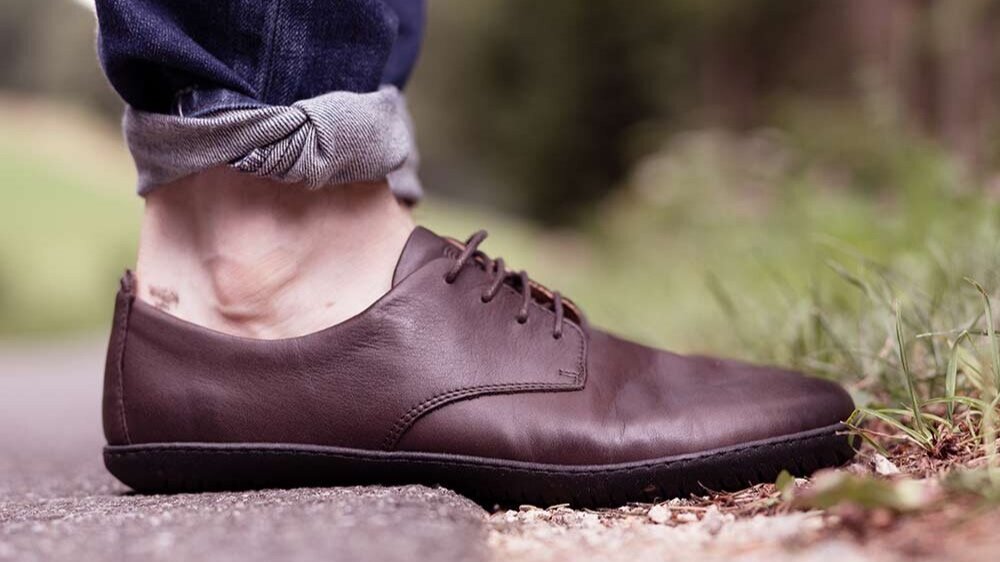
Benefits of Barefoot-Style Shoes
Barefoot shoes offer several potential benefits for those who prefer a minimalist and natural shoe experience. While individual experiences may vary, here are some commonly mentioned benefits associated with wearing barefoot-style shoes:
- Enhanced foot strength: Barefoot shoes allow your feet to move and function in a more natural way, which can contribute to strengthening the muscles in your feet and lower legs. By minimizing interference with your foot mechanics, these shoes encourage your foot muscles to work more actively, leading to improved strength and stability.
- Improved balance and proprioception: The thin and flexible soles of barefoot shoes provide a closer connection to the ground, giving you a better sense of your body’s position and movement in space. This increased awareness can enhance your balance and coordination.
- Natural foot movement: Barefoot shoes promote a more natural pattern of foot movement, allowing your feet to flex, stretch, and move as they would if you were barefoot. This freedom of movement can contribute to a more efficient gait and reduced risk of certain foot issues.
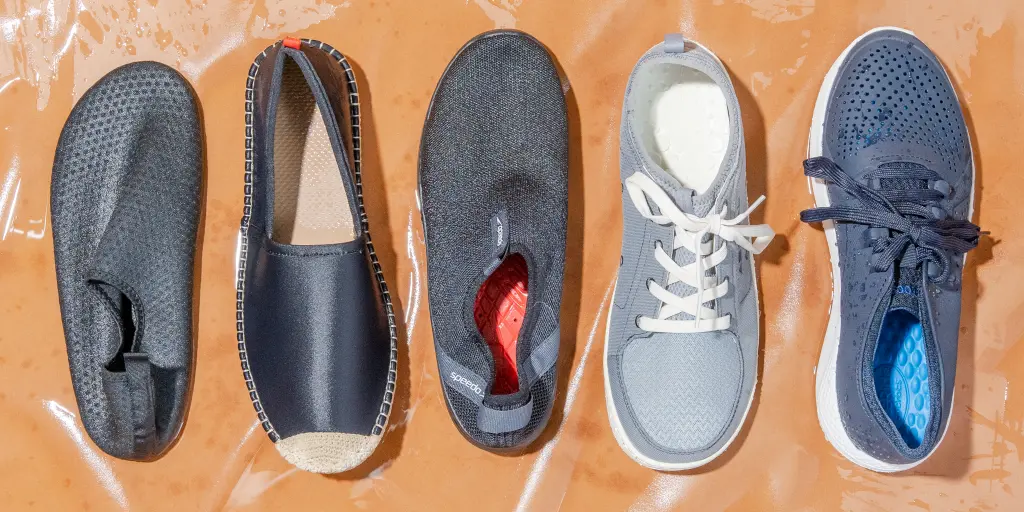
- Toe splay and foot alignment: Many barefoot shoes feature a roomy toe box, allowing your toes to spread naturally. This design can help improve toe strength, proper foot alignment, and prevent problems associated with tight toe areas, such as hallux valgus or hammertoes.
- Potential injury prevention: By promoting a more natural pattern of foot rollover and allowing your feet to absorb impact more efficiently, barefoot shoes can help reduce the risk of certain injuries. Some people report fewer cases of plantar fasciitis, stress fractures, and other common foot issues when transitioning to barefoot-style shoes.
- Increased sensory feedback: The thin and flexible soles of barefoot shoes provide better sensory connection to the ground. This heightened feedback can help you adjust your movements and adapt more effectively to different surfaces, potentially reducing the risk of slipping, tripping, and falling.
- Lightweight and breathable: Barefoot shoes are often made from lightweight and breathable materials, providing a comfortable and less restrictive shoe experience. This can be particularly beneficial for activities that require agility and prolonged wear.
It’s important to note that the transition to barefoot-style shoes should be gradual, allowing your feet and muscles to adapt to the new movement patterns. Additionally, individual experiences may vary, and it’s always a good idea to consult a healthcare provider or podiatrist if you have existing foot issues or questions.
Materials and Construction
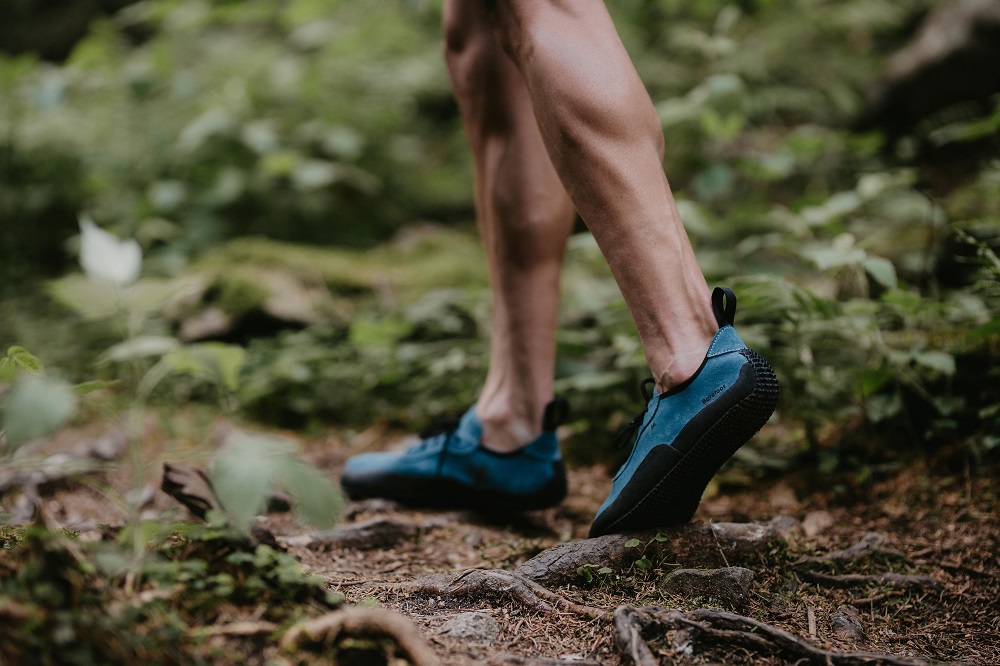
When it comes to the materials and construction of barefoot-style shoes, the focus is on creating a minimalist and flexible design that allows natural foot movement. While specific brands may have variations in their materials and construction techniques, here are some general aspects associated with barefoot-style shoes:
- Lightweight materials: Barefoot shoes often use lightweight materials to reduce the overall weight of the shoe. Common materials include lightweight mesh, synthetic fabrics, or natural materials like leather.
- Flexible soles: The soles of barefoot shoes are typically thin and flexible to provide a better sense of the ground and natural foot movement. Materials such as rubber compounds or specialized flexible materials may be used to achieve this flexibility.
- No or low heel height: Barefoot shoes usually have little to no heel height, resulting in minimal height difference between the heel and the forefoot of the shoe. This design promotes a more natural foot position and gait.
- Roomy toe box: Many barefoot shoes feature a spacious toe box that allows the toes to spread and move naturally. This design promotes toe splay and can provide a more comfortable fit, allowing the toes to function as they would when barefoot.
- Seamless or minimalist upper construction: The upper part of barefoot shoes may have a seamless or minimalist construction to reduce potential irritation or pressure points. This can be achieved through seamless stitching or minimal overlays.
- Breathable and moisture-wicking materials: Barefoot shoes often incorporate breathable materials or features such as mesh panels to improve airflow and keep the feet cool and dry during activity. Some shoes may also have moisture-wicking properties to manage sweat and moisture.
- Minimal or removable insole: Barefoot shoes may have a minimal or removable insole to maintain a close-to-the-ground feel. This allows the wearer to have a direct connection to the sole while still providing some cushioning or optional customization.
- Durable outsole: While the soles of barefoot shoes are thin and flexible, they are designed to be durable and provide sufficient protection. The outsole may be made of rubber or other durable materials to resist wear and tear.
It’s worth noting that different brands and models may have variations in materials and construction techniques based on their specific design philosophy and target audience. Checking the product specifications and descriptions of a specific brand, such as “Barefoot and More,” would provide more accurate information about the materials and construction used in their shoes.

